Adkins Arboretum has been awarded a Shade Structure Grant from the American Academy of Dermatology. The grant enabled construction of a permanent shade sail over the Arboretum’s multiuse Visitor’s Center patio that will protect more than 2,300 children and 30,000 visitors annually from harmful ultraviolet exposure, even during the sunniest summer months.
“The Arboretum is grateful for this critical funding from the American Academy of Dermatology,” said Executive Director Ginna Tiernan. “While the Arboretum’s woodland paths and covered pavilion provide shade, the Visitor’s Center holds particular appeal as a programming and gathering space. A shade structure in this high-traffic area benefits a significant number of students and visitors.”
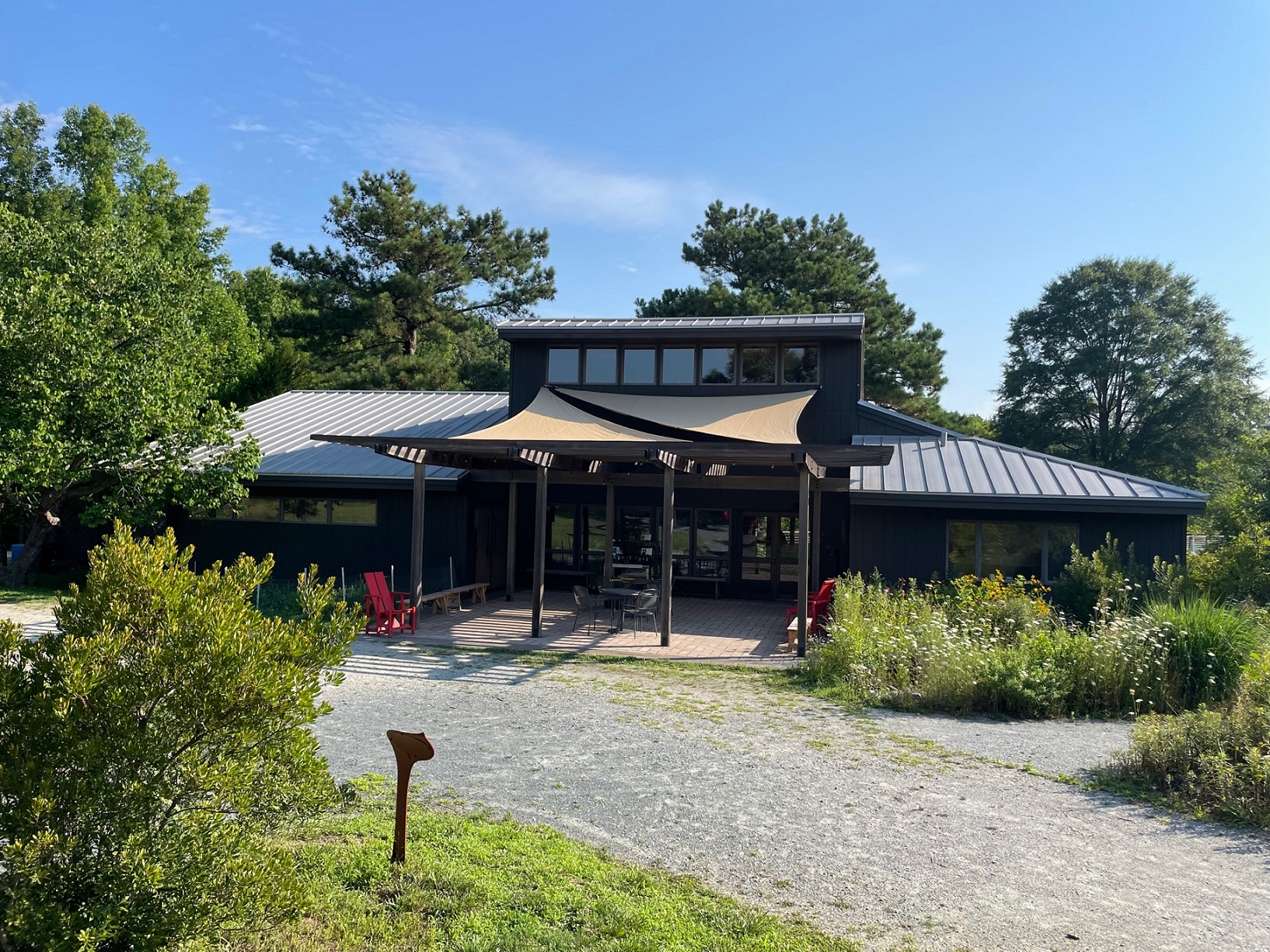
Adkins Arboretum received funding from the American Academy of Dermatologists to install a permanent shade sail on its multiuse Visitor’s Center patio.
Shore Industries of Preston designed and manufactured the shade sail and installed the structure in late spring, just in time to welcome nearly 300 guests and 26 musicians to Forest Music and dozens of children to the Arboretum’s Summer Nature Camps. As an Arboretum sponsor, Shore Industries also provided in-kind services that allowed the project to stay within the parameters of the grant award.
With a membership of more than 20,000 physicians worldwide, the AAD is committed to diagnosis and treatment; advocating high standards in clinical practice, education and research in dermatology; and supporting and enhancing patient care for a lifetime of healthier skin, hair and nails. Since its launch in 2000, the AAD’s Shade Structure Grant Program has awarded funding for more than 450 shade structures that provide shade for more than 3.5 million individuals each day.
Adkins Arboretum, a 400-acre native garden and preserve at the headwaters of the Tuckahoe Creek in Caroline County, provides exceptional experiences in nature to promote environmental stewardship. For more information, visit adkinsarboretum.org.
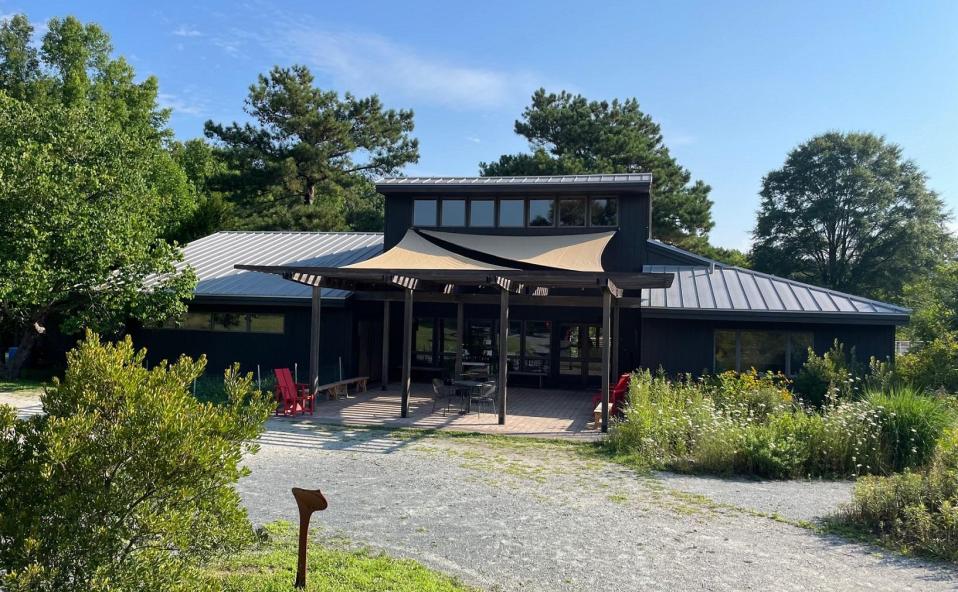


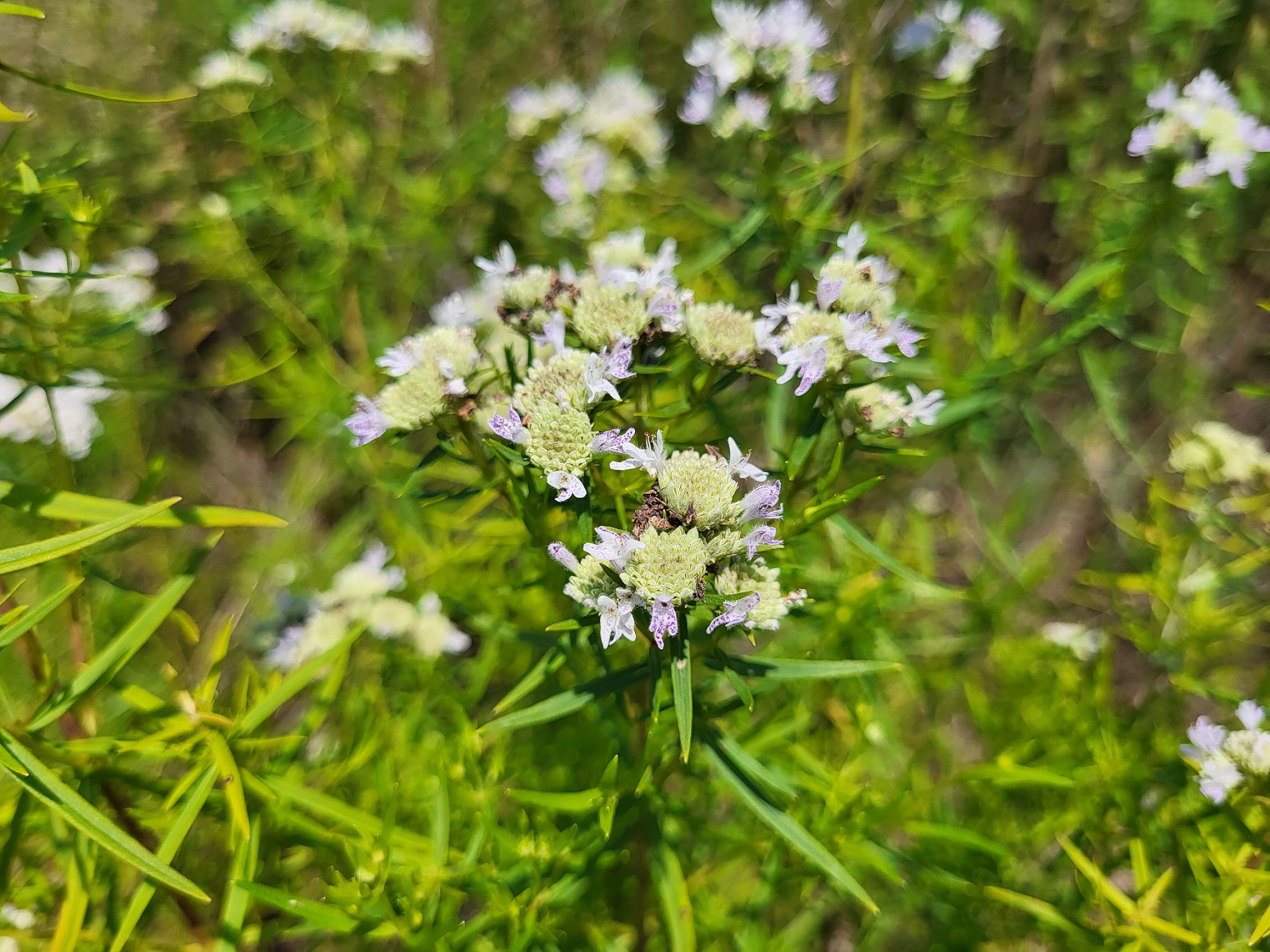 Last week, we asked you about pokeweed (Phytolacca americana)! Pokeweed can grow up to ten feet tall and has equally impressive taproots growing almost one foot deep and 4 inches thick! While all parts of this plant are poisonous, people have historically prepared the young spring shoots for food (after many rounds of boiling) and have used the berries as a dye. While many may consider this a weed, we recommended leaving this plant for the wildlife as it offers an important food source for birds, insects, and is a host plant for the giant leopard moth.
Last week, we asked you about pokeweed (Phytolacca americana)! Pokeweed can grow up to ten feet tall and has equally impressive taproots growing almost one foot deep and 4 inches thick! While all parts of this plant are poisonous, people have historically prepared the young spring shoots for food (after many rounds of boiling) and have used the berries as a dye. While many may consider this a weed, we recommended leaving this plant for the wildlife as it offers an important food source for birds, insects, and is a host plant for the giant leopard moth.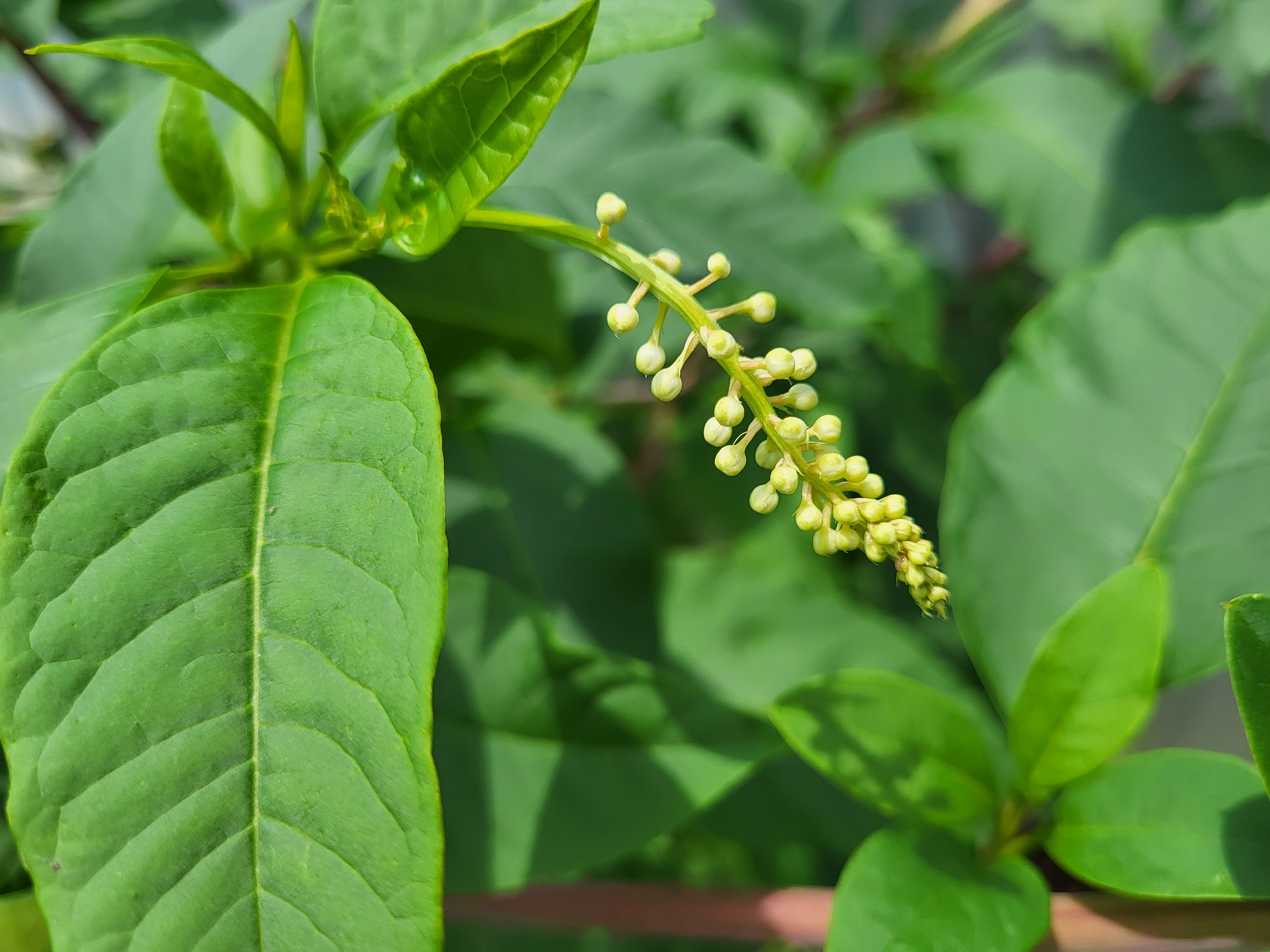 Adkins Mystery Monday is sponsored by the Spy Newspapers and Adkins Arboretum. For more information go
Adkins Mystery Monday is sponsored by the Spy Newspapers and Adkins Arboretum. For more information go 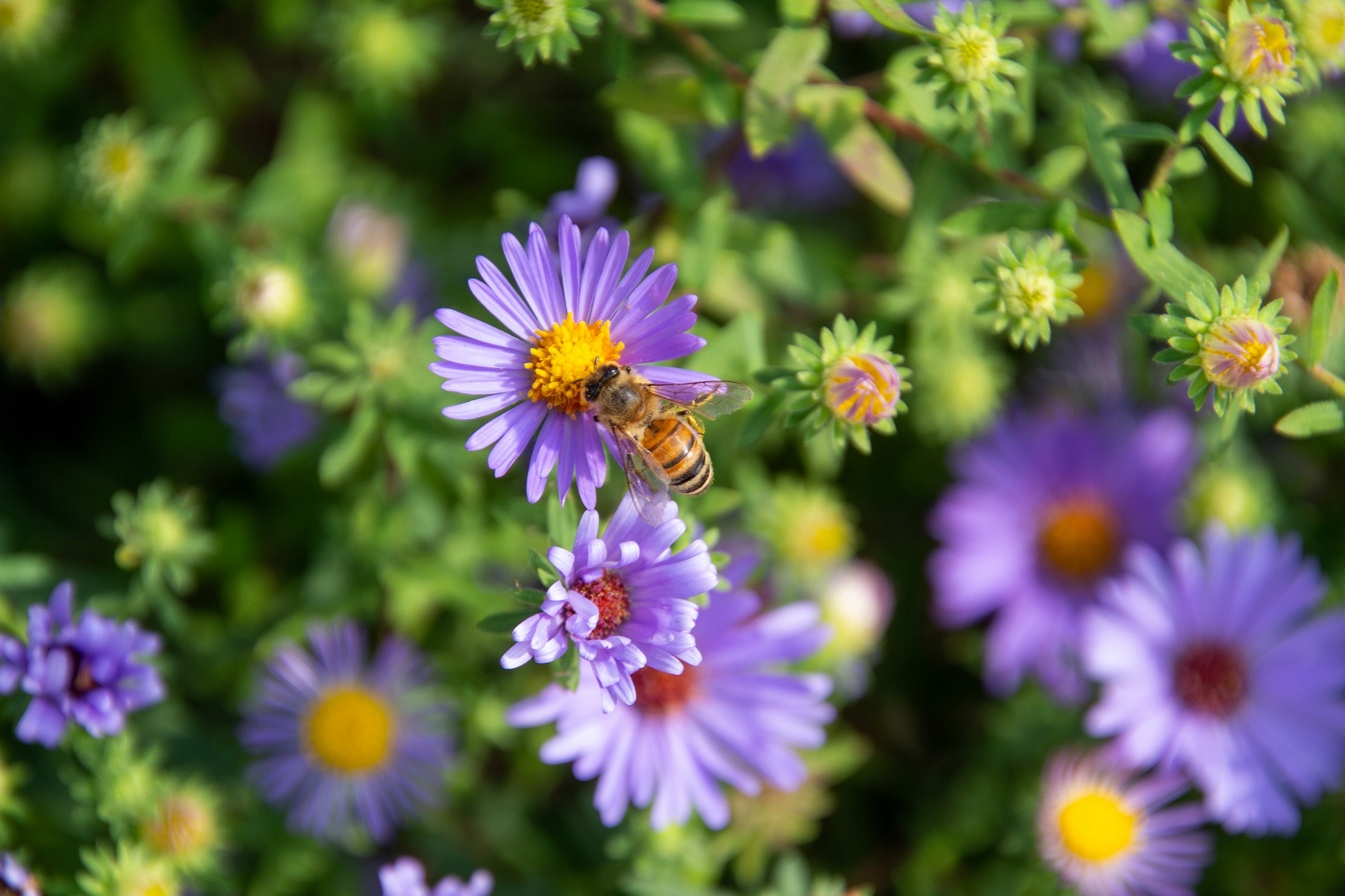
 Last week, we asked you about yarrow (Achillea millefolium)! Yarrow can stand anywhere from 1 to 3 feet tall. It has large, compact clusters of white to pinkish-white flowers (though there are many cultivars with a wide variety of colors). The leaves are very distinct with a feathery and lacy appearance. Yarrow is often found in meadows and old fields. At Adkins, you’ll find them prominent in some of the cultivated gardens, as well as the landscape. This plant has a variety of ethnobotanical and medicinal uses and also serves as a host plant for many insects. Some studies also suggest that by incorporating yarrow in their nests, birds can inhibit parasites.
Last week, we asked you about yarrow (Achillea millefolium)! Yarrow can stand anywhere from 1 to 3 feet tall. It has large, compact clusters of white to pinkish-white flowers (though there are many cultivars with a wide variety of colors). The leaves are very distinct with a feathery and lacy appearance. Yarrow is often found in meadows and old fields. At Adkins, you’ll find them prominent in some of the cultivated gardens, as well as the landscape. This plant has a variety of ethnobotanical and medicinal uses and also serves as a host plant for many insects. Some studies also suggest that by incorporating yarrow in their nests, birds can inhibit parasites.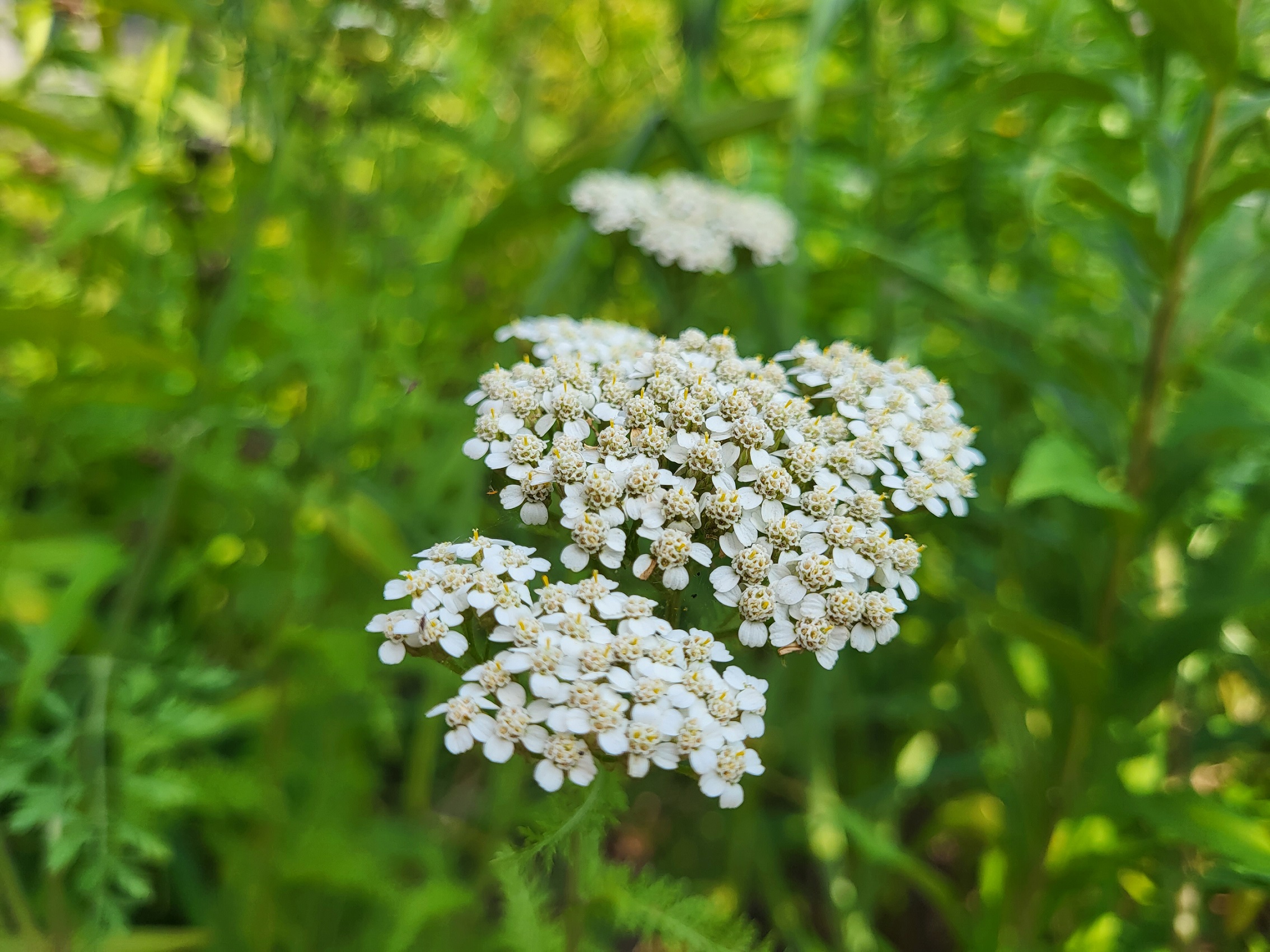 Adkins Mystery Monday is sponsored by the Spy Newspapers and Adkins Arboretum. For more information go
Adkins Mystery Monday is sponsored by the Spy Newspapers and Adkins Arboretum. For more information go 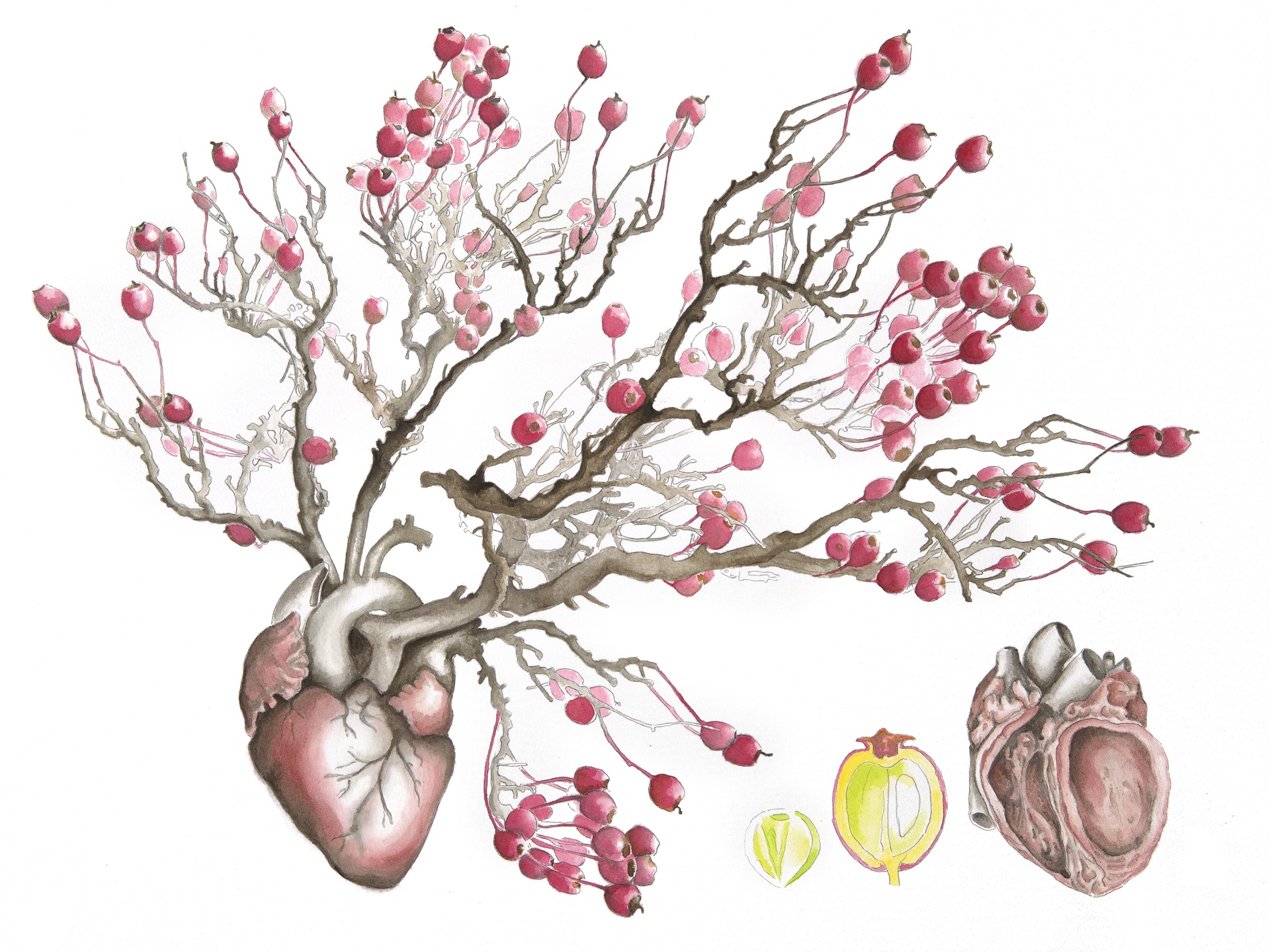
 Last week, we asked you about skullcap (Scutellaria spp.)! There are three recorded species in Caroline County, though the species pictured here is more often found in Maryland’s Piedmont region. We believe this skullcap is downy skullcap (Scutellaria incana) due to its leaf size and shape, plant height, and fuzziness (or pubescence) of the plant. For anyone looking to practice keying out plant species, the Scutellaria provide a great deep dive into plant parts and characteristics. Scutellaria is part of the mint family, so you’ll notice the characteristic square stem and spreading habit. The name Scutellaria comes from the latin Scutella, which means small dish and refers to the remaining calyx after the flower falls off. Skullcap is primarily pollinated by bumblebees, but provides ample nectar to a variety of insects.
Last week, we asked you about skullcap (Scutellaria spp.)! There are three recorded species in Caroline County, though the species pictured here is more often found in Maryland’s Piedmont region. We believe this skullcap is downy skullcap (Scutellaria incana) due to its leaf size and shape, plant height, and fuzziness (or pubescence) of the plant. For anyone looking to practice keying out plant species, the Scutellaria provide a great deep dive into plant parts and characteristics. Scutellaria is part of the mint family, so you’ll notice the characteristic square stem and spreading habit. The name Scutellaria comes from the latin Scutella, which means small dish and refers to the remaining calyx after the flower falls off. Skullcap is primarily pollinated by bumblebees, but provides ample nectar to a variety of insects.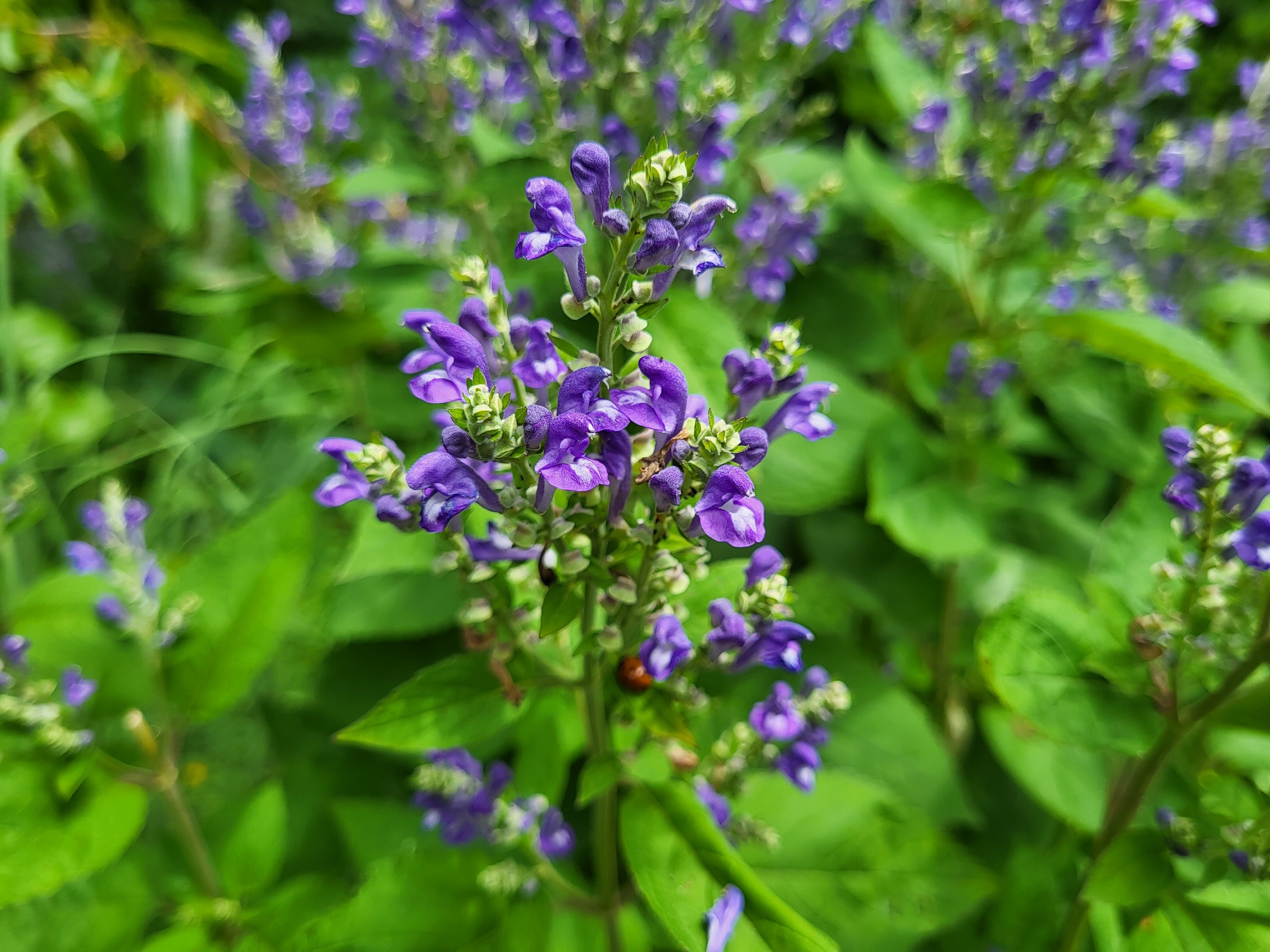 Adkins Mystery Monday is sponsored by the Spy Newspapers and Adkins Arboretum. For more information go
Adkins Mystery Monday is sponsored by the Spy Newspapers and Adkins Arboretum. For more information go 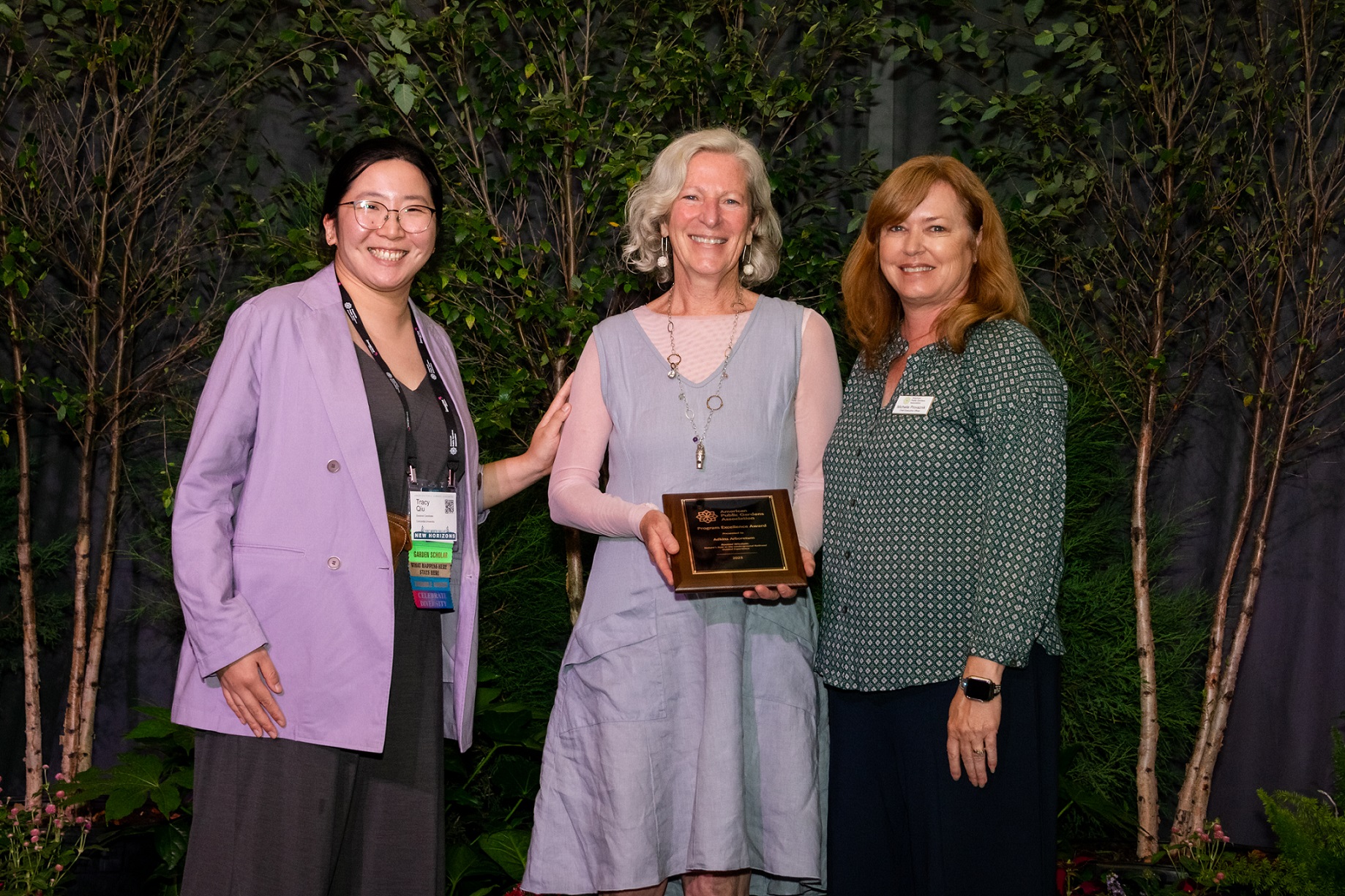
 Last week, we asked you about ghost pipe (Monotropa uniflora)! Also known as Indianpipe, this plant is often confused for a fungus due to its white color and growth habit. Ghost pipes are parasitic plants, getting their nutrients via mycorrhizal fungi from the roots of other plants instead of relying on photosynthesis to produce their own. This relationship is known as mycoheterotrophy. Because it is non-photosynthetic, it does not produce chlorophyll, which provides the typical green pigmentation in plants. Once considered to be in the same plant family as blueberries, ghost pipe is now a member of Monotropaceae. Bumblebees serve as important pollinators of the ghost pipe.
Last week, we asked you about ghost pipe (Monotropa uniflora)! Also known as Indianpipe, this plant is often confused for a fungus due to its white color and growth habit. Ghost pipes are parasitic plants, getting their nutrients via mycorrhizal fungi from the roots of other plants instead of relying on photosynthesis to produce their own. This relationship is known as mycoheterotrophy. Because it is non-photosynthetic, it does not produce chlorophyll, which provides the typical green pigmentation in plants. Once considered to be in the same plant family as blueberries, ghost pipe is now a member of Monotropaceae. Bumblebees serve as important pollinators of the ghost pipe.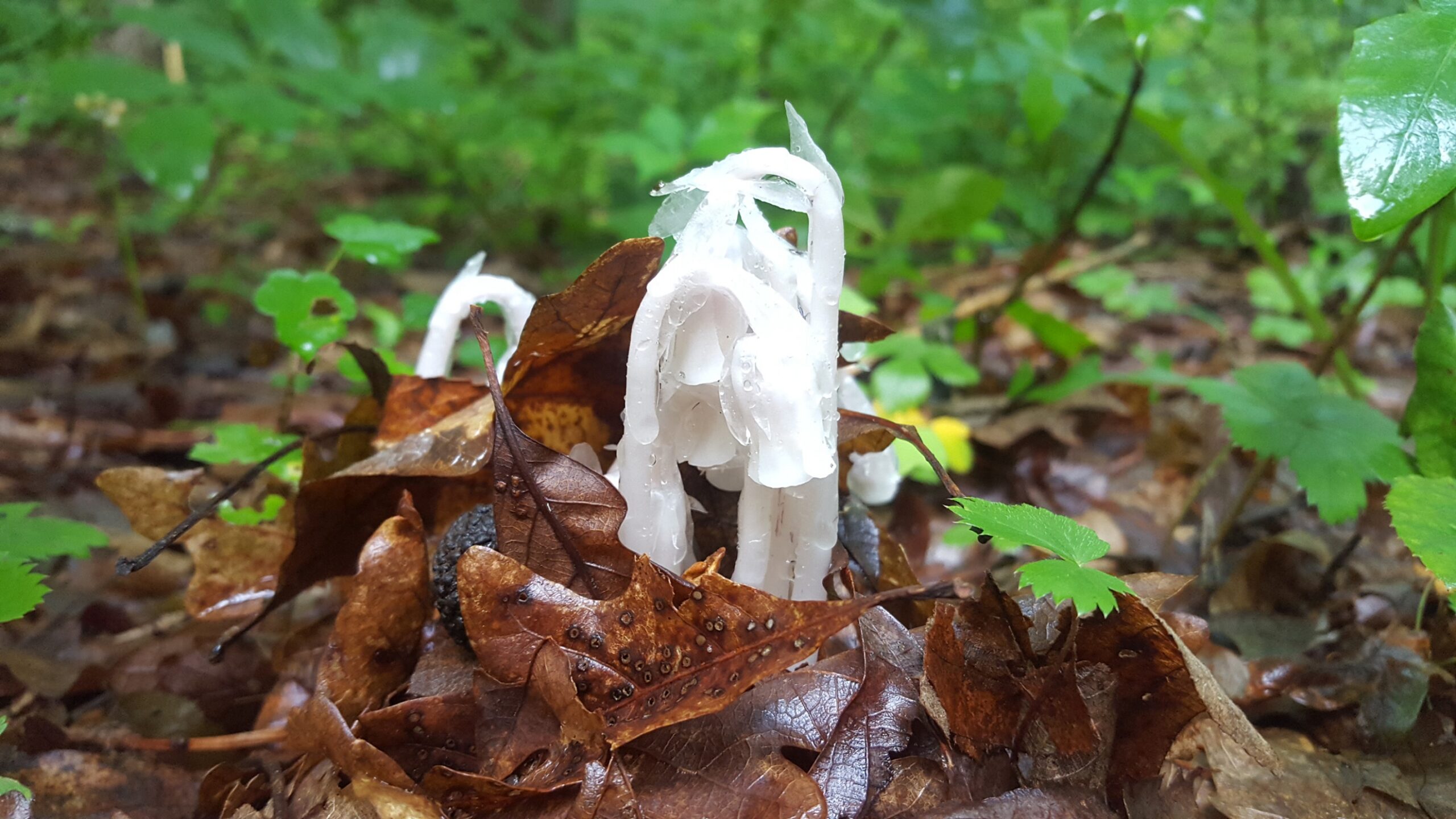 Adkins Mystery Monday is sponsored by the Spy Newspapers and Adkins Arboretum. For more information go
Adkins Mystery Monday is sponsored by the Spy Newspapers and Adkins Arboretum. For more information go 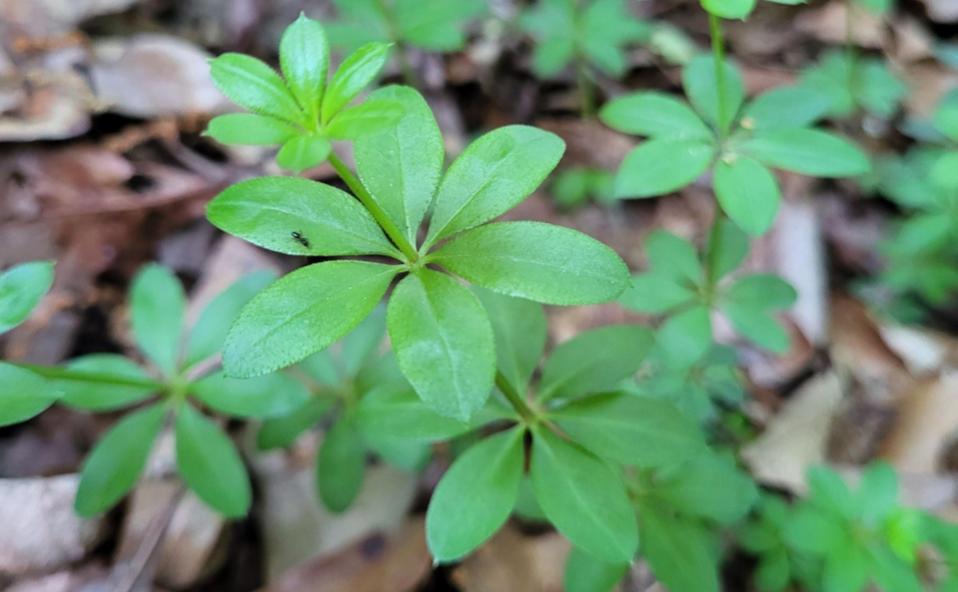 Adkins Mystery Monday is sponsored by the Spy Newspapers and Adkins Arboretum. For more information go
Adkins Mystery Monday is sponsored by the Spy Newspapers and Adkins Arboretum. For more information go  Last week, we asked you about the rough green snake (Opheodrys aestivus)! A rough green snake can easily be identified and differentiated from its relative the smooth green snake by two main things. 1) the rough green snake has keeled scales and the smooth green snake has smooth scales. 2) the rough green snake is found throughout Maryland, except for the western most counties, where the smooth green snake mainly resides. The rough green snake is small and very thin, but can grow up to 40 inches long. It is not venomous and primarily eats insects. They can be found in the grass or easily navigating and camouflaging among the shrubs and trees.
Last week, we asked you about the rough green snake (Opheodrys aestivus)! A rough green snake can easily be identified and differentiated from its relative the smooth green snake by two main things. 1) the rough green snake has keeled scales and the smooth green snake has smooth scales. 2) the rough green snake is found throughout Maryland, except for the western most counties, where the smooth green snake mainly resides. The rough green snake is small and very thin, but can grow up to 40 inches long. It is not venomous and primarily eats insects. They can be found in the grass or easily navigating and camouflaging among the shrubs and trees.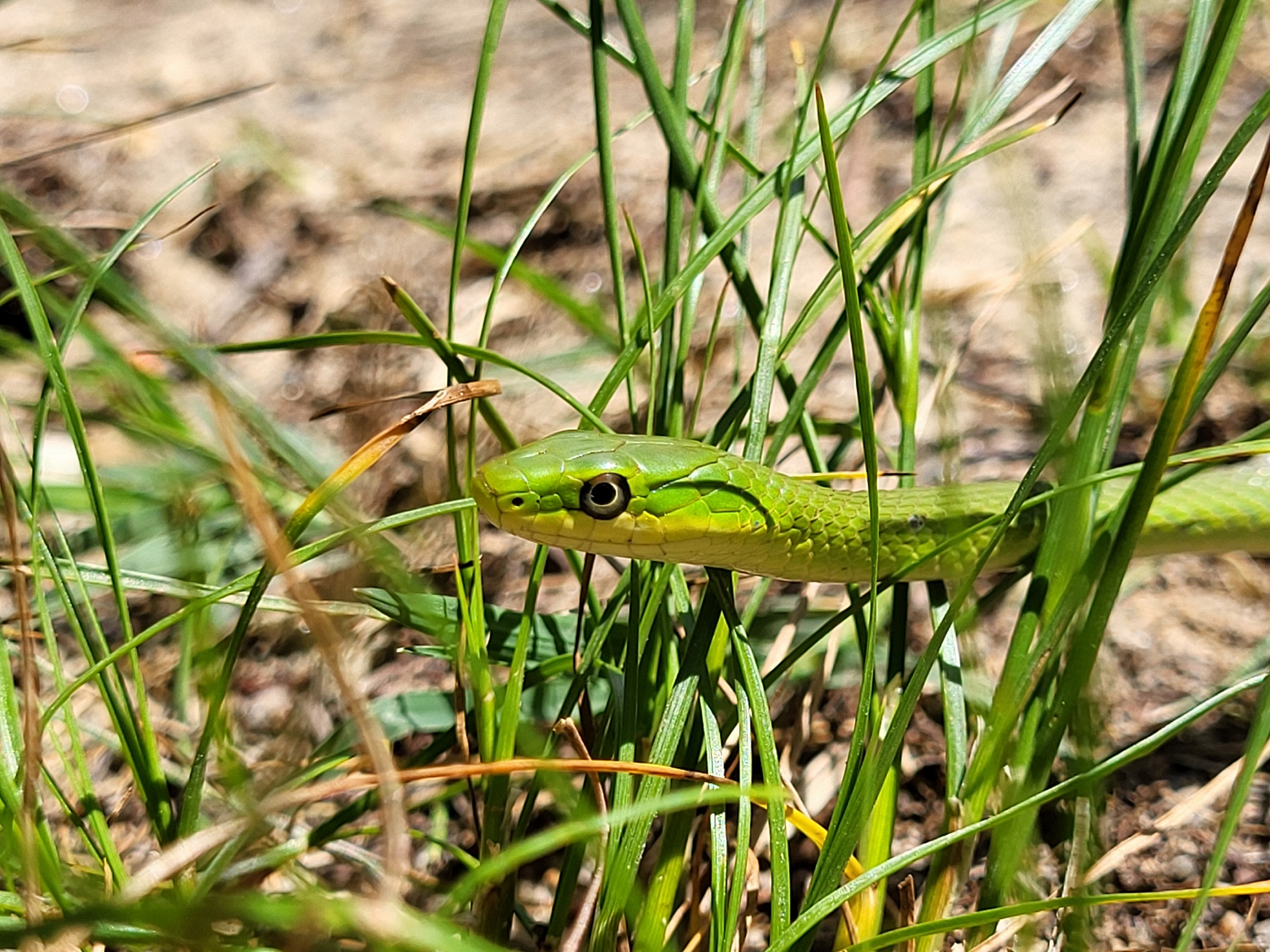 Adkins Mystery Monday is sponsored by the Spy Newspapers and Adkins Arboretum. For more information go
Adkins Mystery Monday is sponsored by the Spy Newspapers and Adkins Arboretum. For more information go